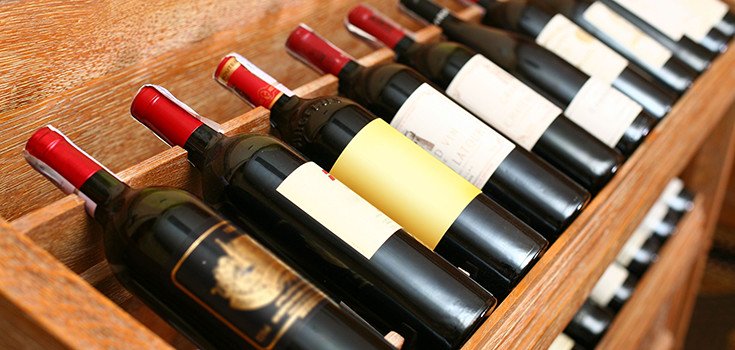Study: Red Wines in U.S. Found to Contain ‘High Levels of Arsenic’

Arsenic has been found in a lot of the foods we eat. Apple juice, rice, seafood, and cereal bars all contain high levels of the poison. Now, researchers are warning that many red wines also contain arsenic, and that aficionados should limit their intake.
Researchers tested 65 U.S. wines made in California, Washington, New York, and Oregon. They found that the alcoholic beverage contained 24 parts per billion (ppb) of arsenic, with some containing as much as 76 ppb. Wines containing the lowest levels of arsenic were produced in Oregon, with 13 ppb. In all, 98% of the wines investigators tested contained high levels of arsenic. Wine from Washington contained the most arsenic – 28 ppb. All samples contained inorganic arsenic. [1]
The Environmental Protection Agency permits tap water to contain no more arsenic than 10 ppb.
But having a few glasses of wine won’t kill you; you need only be concerned if you drink a lot of wine, and a lot of other arsenic-containing foods.
“Unless you are a heavy drinker consuming wine with really high concentrations of arsenic, of which there are only a few, there is little health threat if that is the only source of arsenic in your diet,” said researchers Denise Wilson, professor at University of Washington in Seattle.
“But consumers need to look at their diets as a whole. If you are eating a lot of contaminated rice, organic brown rice syrup, seafood, wine, apple juice — all those heavy contributors to arsenic poisoning — you should be concerned, especially pregnant women, kids and the elderly,” Wilson noted. [2]
Too much arsenic can cause skin, lung, and bladder cancers, as well as other diseases.
Wilson says there are currently no labeling regulations for heavy metals, including arsenic.
“European wines do not show significant arsenic levels,” she notes, adding that the difference is likely based on location. “My guess is that it’s related to geology. It’s not something we’re doing wrong.”
Arsenic is a naturally-occurring element that is leached into water and soil as rain, rivers, and wind erode rocks. The toxin eventually winds up in the food system.
Wilson recommends that wineries test for arsenic and lead in irrigation and processing water, a relatively inexpensive process, and take steps to remove the substances if they are discovered in high levels. But “the whole idea that you would sue a winery for having arsenic in their wine is like suing someone for having rocks in their yard,” she says. [4]
Sources:
[1] Yahoo! Health
